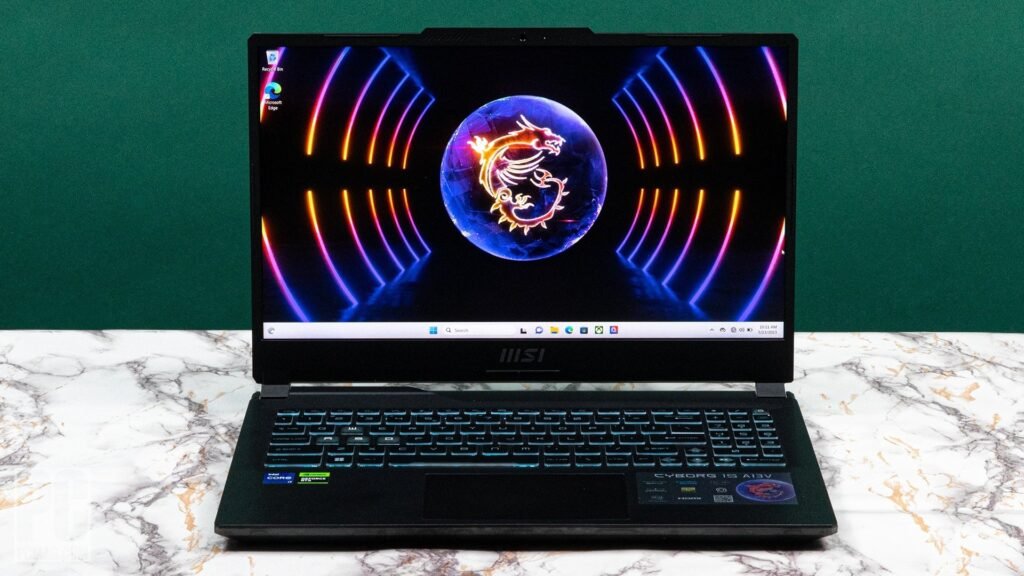Bose VS Sony VS Sennheiser, When it comes to high-quality headphones, three brands often rise to the top: Bose, Sony, and Sennheiser. Each of these companies is renowned for producing premium audio products with a focus on performance, design, and innovation. But with so many options available, how do you choose the best one for your needs? In this article, we will compare Bose vs Sony vs Sennheiser to help you make an informed decision.
Sound Quality
Sound quality is arguably the most important factor to consider when choosing headphones, and all three brands excel in this area.
- Bose is well-known for its balanced sound profile, which makes it a favorite for casual listeners. Bose headphones typically emphasize clear mids and highs with a punchy bass that doesn’t overpower the other frequencies. The company is also famous for its Active Noise Cancellation (ANC) technology, which helps create an immersive listening experience by blocking out ambient noise.
- Sony offers a dynamic sound profile, often preferred by audiophiles for its deep bass and detailed highs. Sony’s headphones, especially the WH-1000XM5 series, have been lauded for their adaptive sound control, adjusting the audio based on the environment you’re in. Sony headphones tend to provide more customizable sound with the ability to adjust the equalizer settings through their app, offering a more personalized listening experience.
- Sennheiser is known for producing a more neutral and natural sound signature. They often cater to audiophiles who prefer a flatter response without exaggerated bass or treble. Sennheiser’s headphones are known for their clarity and wide soundstage, offering precise imaging and detail. Their HD series headphones are particularly popular among studio professionals and those who prioritize sound accuracy.
Noise Cancellation
In the battle of Bose vs Sony vs Sennheiser, noise cancellation technology is a critical aspect, especially for frequent travelers or those who prefer to enjoy music without distractions.
- Bose has long been a leader in the noise cancellation space, with its QuietComfort and Noise Cancelling Headphones 700 series. These headphones feature outstanding noise-canceling performance, effectively blocking out even the most distracting background noises, making them ideal for use in noisy environments like airplanes or public spaces.
- Sony is a strong contender in this category as well. Their WH-1000XM5 and WH-1000XM4 headphones offer some of the best ANC in the market, with the ability to adapt the level of noise cancellation to your surroundings. Sony’s Adaptive Sound Control feature intelligently adjusts the noise-canceling strength based on whether you’re sitting, walking, or traveling.
- Sennheiser, while having decent noise cancellation, typically falls short of Bose and Sony in this regard. Their Momentum 3 headphones feature decent ANC but are not quite as effective in completely blocking out external noise. However, Sennheiser’s focus on sound quality means their headphones still deliver a great listening experience even with less intense noise cancellation.
Comfort and Fit
Comfort is crucial for those who wear headphones for long periods, such as during flights, commutes, or work sessions. Here’s how the brands stack up in terms of comfort:
- Bose headphones are known for their lightweight design and plush ear pads, making them incredibly comfortable for long listening sessions. The QuietComfort series, in particular, has earned a reputation for being among the most comfortable headphones on the market.
- Sony also offers comfort with its WH-1000XM series, which feature soft, cushioned ear pads and a lightweight build. While some users find the fit to be snug, the overall comfort level is generally praised, making them suitable for long listening periods.
- Sennheiser tends to provide a more premium, solid build, but some users report that their headphones, particularly the Momentum 3, can feel a bit heavier compared to the competition. However, the ear cups are still plush and provide a decent level of comfort for extended use.
Battery Life
Battery life is another essential factor, especially for those who are always on the move.
- Bose headphones typically offer up to 20 hours of playback with noise cancellation activated, which is adequate for most users. Their quick charge feature provides 2.5 hours of playback with just a 15-minute charge.
- Sony excels in battery life, with the WH-1000XM5 offering up to 30 hours of playback time with ANC on. Additionally, Sony’s quick charge feature gives you 5 hours of playback from just a 10-minute charge.
- Sennheiser headphones, like the Momentum 3, provide around 17 hours of battery life, which is shorter than both Bose and Sony. While this is still decent, it may not be sufficient for those who require longer usage between charges.
Design and Build
The design of headphones can significantly affect the user experience, from aesthetics to portability.
- Bose typically opts for a sleek, minimalist design that prioritizes comfort over flashy looks. The QuietComfort 45 and Noise Cancelling Headphones 700 have a simple, functional design that is easy to fold and carry around.
- Sony takes a more modern, sophisticated approach with their headphones. The WH-1000XM5 features a refined, slim design that folds up for easy storage. While not as compact as Bose, the design still exudes a premium feel.
- Sennheiser tends to focus on premium materials with their Momentum 3 series, offering a luxurious look with high-quality leather and stainless steel elements. While the design is striking, the headphones are slightly bulkier compared to the competition.
Price
When it comes to price, each brand offers products at varying price points, with Bose and Sony generally being at the higher end of the spectrum.
- Bose headphones tend to be priced around $300, with some models going higher. The premium cost is justified by the top-tier noise cancellation and sound quality.
- Sony offers similar pricing to Bose, with the WH-1000XM5 retailing around $350. Given their battery life, ANC capabilities, and customizable sound, they offer great value for money.
- Sennheiser is typically priced a bit lower than both Bose and Sony, with the Momentum 3 headphones retailing around $400. However, they are often seen as offering great sound quality at a slightly more affordable price point.
Conclusion: Bose vs Sony vs Sennheiser
Ultimately, the choice between Bose, Sony, and Sennheiser depends on your specific needs and preferences.
- If superior noise cancellation and comfort are your top priorities, Bose is a safe bet, particularly if you want a lightweight, easy-to-use option for frequent travel.
- If you’re looking for a headphone with longer battery life, customizable sound, and excellent ANC, Sony stands out as the clear winner, particularly with their WH-1000XM5 model.
- For those who prioritize sound accuracy and build quality over ANC, Sennheiser may be the best choice, offering a more natural listening experience, especially for audiophiles.
No matter which brand you choose, you’re guaranteed to enjoy top-tier audio performance, but considering these factors will help you select the best headphones for your lifestyle.
You Might Also Like These:












No Comment! Be the first one.